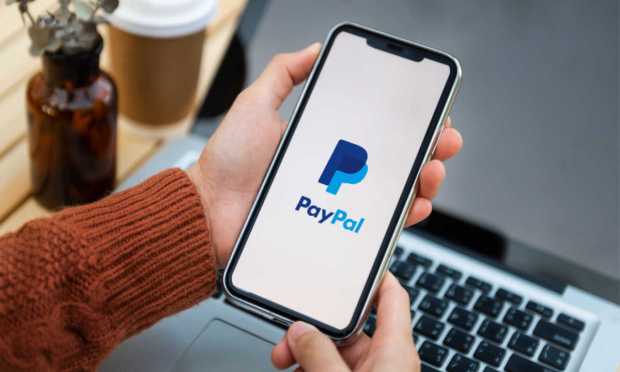PayPal Claims Top Spot in BNPL as Q3 Volume Spikes 157%

PayPal’s users are still engaged, but spending is clearly slowing.
But even as PayPal, like other firms, is not immune to macro headwinds and inflation’s dampening effect on consumer spending, its role in facilitating the omnichannel experience remains in focus, with new tap-to-pay support and installment plans too.
CEO Dan Schulman noted in an earnings call that during the quarter, the company processed nearly $5 billion in volume, up 157% year-over-year, with over 25 million consumers using its buy now pay later services approximately 150 million times since launch. There are more than 280,000 merchants displaying the BNPL option on their checkout pages.
“As a result of this robust growth, we believe we have become the largest buy now pay later providers in the world,” Schulman said.
Overall, payments volume on PayPal’s platforms were up 14% to $337 billion in the third quarter, while transactions grew 15% to 5.6 billion. Engagement, or transactions per active account, grew by a record 13% to 50.1, as detailed in the company’s investor materials. The PayPal core daily active accounts are about 40% higher relative to pre-pandemic periods, as measured in the third quarter of 2019.
Paypal reported 432 million active accounts, representing a 4% increase year-on-year and including 35 million active merchant accounts.
Management noted in the materials that consumers using PayPal for one or more recurring transactions are 15 times less likely to churn and make twice as many transactions on average.
Venmo TPV increased 6% to $64 billion, which laps the 36% growth seen in the third quarter of 2021. The company disclosed that there were 90 million Venmo active accounts, including 57 million monthly active accounts.
Cross-border trade payments volume was up 5% on an FX neutral basis.
Supporting Apple’s Tap to Pay
As for the company’s omnichannel efforts, Schulman said that PayPal is working with Apple to enhance its offerings for PayPal and Venmo, for merchants and consumers leveraging Apple’s tap-to-pay on iPhones. Merchant customers in the U.S. will soon be able to accept contactless debit or credit cards and mobile wallets, including Apple Pay using an iPhone and the PayPal or Venmo iOS app.
“This will allow PayPal’s merchant base to easily use their iPhone as a mobile point of sale without the need for a dongle or other payment terminals,” said Schulman, who added that “we believe that this, along with our other in-store initiatives, will continue to accelerate our opportunity to seamlessly process payments in the physical world for our merchants.”
The company is in the midst of beta tests with several eCommerce platforms, Schulman said. Through that initiative, users will be able to add their PayPal and Venmo credit and debit cards to their Apple Wallet and use them online and in store, beginning in the first half of next year.
Separately, the CEO said, the ramping up of Venmo Pay on Amazon is in full force ahead of the holiday shopping season.
Holiday Season in Focus
It is the holiday season that seems to stick in investors’ mind, and management’s too — Schulman noted that there is “a challenging macro environment” in place and noted “slowing eCommerce trends and an unpredictable holiday shopping season.”
That’s led to what he called a “prudent” revenue guide for the current quarter, at 10% revenue growth, which spurred investors to send the stock down 8% after hours. During the question-and-answer session with analysts, management noted that low and middle income level consumers are beginning to cut back on their discretionary spending.
CFO Gabrielle Rabinovitch told analysts that “we saw U.S. eCommerce growing in the low single digits in Q3 with deceleration into the close of the quarter. This trend persisted in October on our platform…we have not seen the early start to the U.S. online holiday season that we saw in 2021.”
Looking ahead, she said, “we expect inflationary pressures alongside slow and global growth to weigh on discretionary eCommerce spending, which could continue to be pressured in 2023.”
